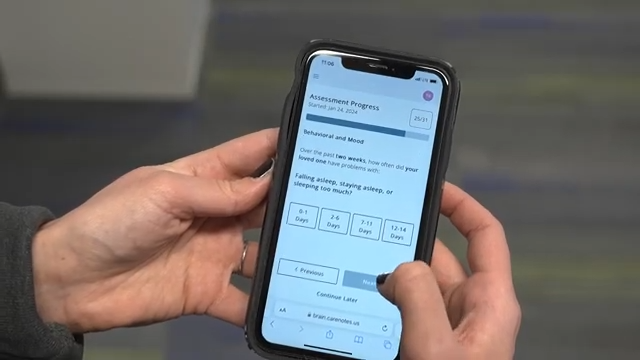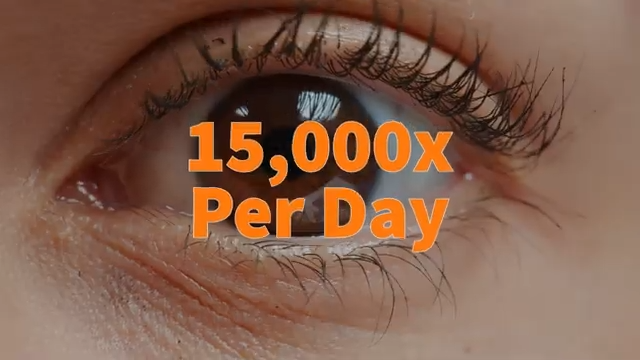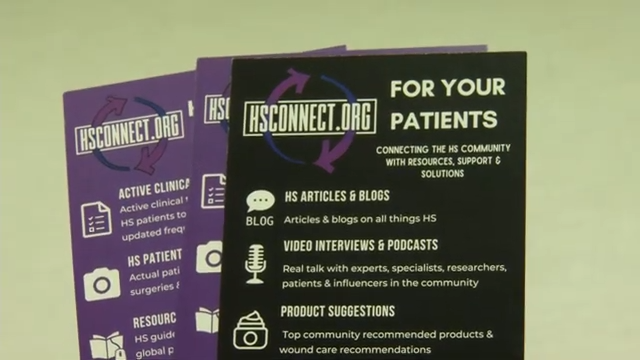DALLAS, Texas (Ivanhoe Newswire) – From heart procedures to treating stroke, more than a million cardiac catheterization procedures are performed each year in the United States. This minimally invasive procure can be a life saver. Now, new research is giving patients another option. Catheter Techniques
For decades, catheters were inserted through the groin.
Interventional cardiologist at Baylor Scott & White Health, Karim Al-Azizi, MD, says, “The way we want to think about this is that all roads lead to Rome. The moment you get into the arteries and the blood vessels, you have access to the rest of the body.”
Now, surgeons are accessing a person’s heart and their head through their hands. Catheter Techniques
“Essentially, there are two areas on the hand that we access the arteries for a heart catheterization. One is the traditional, right here in the wrist. The other that we wanted to test its safety is right here in the hand, and it’s essentially the same artery, but in a different location,” Dr. Al-Azizi demonstrates.
Dr. Al-Azizi is leading the DIPRA study. It’s the first to compare conventional proximal radial artery access to distal radial artery access.
“With the radial artery, there is also an increased risk of these arteries getting damaged and perhaps closing down over time called radial artery occlusion. So, distal radial has been shown to have lower radial artery occlusion rates,” he explains.
Results show the distal radial artery cath was as safe, did not cause more blood loss and did not impact hand function, ultimately giving cardiologists another option.
The hand access for catheter is also used for dialysis patients and could be extremely helpful as they often need repeat procedures. Now, a longer study is underway.
U.S. interventional cardiologists currently use the hand for catheter-based heart procedures in less than 15 percent of cases. The approach is more common in Europe, where interventional cardiologists use the arm roughly half of the time or more.
Contributors to this news report include: Marsha Lewis, Producer; Roque Correa, Videographer & Editor.
To receive a free weekly e-mail on medical breakthroughs from Ivanhoe, sign up at: http://www.ivanhoe.com/ftk
Sources:
https://www.ncbi.nlm.nih.gov/books/NBK531461/
MEDICAL BREAKTHROUGHS
RESEARCH SUMMARY
TOPIC: FROM YOUR HAND TO YOUR HEART: NEW CATHETER TECHNIQUES SAVING LIVES
REPORT: MB #5115
BACKGROUND: Cardiac catheterization is a procedure in which a thin, flexible tube (catheter) is guided through a blood vessel to the heart to diagnose or treat certain heart conditions, such as clogged arteries or irregular heartbeats. Cardiac catheterization gives doctors important information about the heart muscle, heart valves and blood vessels in the heart. During cardiac catheterization, doctors can do different heart tests, deliver treatments, or remove a piece of heart tissue for examination. Cardiac catheterization is one of the most widely performed cardiac procedures. In the United States, more than 1,000,000 cardiac catheterization procedures are performed annually.
DIAGNOSING: Your doctor may use cardiac catheterization to help diagnosis these heart conditions: atherosclerosis (a gradual clogging of the arteries by fatty materials), cardiomyopathy (enlargement of the heart due to thickening or weakening of the heart muscle), congenital heart disease, heart failure, or heart valve disease. You may have a cardiac cath if you have recently had one or more of these symptoms: chest pain, shortness of breath, dizziness, and/or extreme tiredness.
(Source: https://www.hopkinsmedicine.org/health/treatment-tests-and-therapies/cardiac-catheterization)
NEW TECHNOLOGY: The technology platform, Azurion, by Phillips, provides high-quality imaging, achieving excellent visibility at low X-ray dose levels for patients. This fully digital system uses intravascular venous ultrasound and enables physicians to capture and view detailed images of a patient’s coronary structure to facilitate faster diagnosis and treatment of cardiac disease. Azurion’s ergonomic design and intuitive user interface optimizes workflow and enables clinicians to perform both routine and complex procedures. This flexible system can also aid in the diagnosis and treatment of a range of patient conditions and can be used for procedures such as diagnostic catheterizations, stenting and balloon angioplasty. The benefits of catheter-based interventions include shorter hospital stays, reduced recovery time without the pain of a large incision and less visible surgical scarring. These procedures can be performed on both the heart and peripheral blood vessels.
FOR MORE INFORMATION ON THIS REPORT, PLEASE CONTACT:
Deke Jones
(214) 820-6722
If this story or any other Ivanhoe story has impacted your life or prompted you or someone you know to seek or change treatments, please let us know by contacting Marjorie Bekaert Thomas at mthomas@ivanhoe.com




